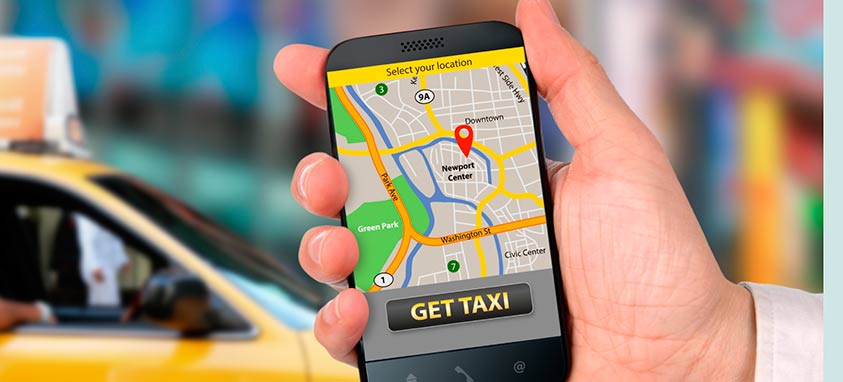A 12-century legend tells of King Canute, who set his throne upon the beach and commanded the waves to stop short of his feet. Needless to say, his futile attempt to control the rising tide ended in failure.
Fast forward almost 1,000 years and it seems like the lesson of trying to turn back a rising tide has yet to be learned—at least by some local bureaucrats determined to stop ride-sharing services like Uber and Lyft from entering their municipal domains.
Although Uber’s entry in to the taxi market has been marked with controversy since its inception in 2009, the company’s growth and penetration into big-city markets shows little sign of slowing down—despite protestations from local governments, taxi companies and organized labor.
Not every jurisdiction is opposed to Uber’s business model, however. After only four years of operation in New York City, Uber vehicles now outnumber the iconic yellow cabs in that city. Also, to help level the playing field between ride-sharing companies and local taxi operators, the city of Long Beach, California, is initiating a pilot program that would see traditional taxis operate more like ride-sharing companies.
Under this plan, taxis (in Long Beach’s case, Long Beach Yellow Cab—its sole taxi company) can discount their fares as the demand warrants, allowing local taxi companies to compete with the often lower fares offered by Lyft and Uber. Among other concessions, licensed taxi companies will be permitted to use their own ordering apps, and can add cars to their fleet during peak operating times.
As quoted in Forbes, Long Beach’s Mayor, Robert Garcia, says that he hopes “this competition will provide more options for residents while allowing each of the companies to thrive.”
Another municipality in California, the city of San Jose, has also adopted a pilot program to help integrate Uber, Lyft and their ilk into the mainstream taxi business in that city. Ride-sharing services will soon be permitted to pick up passengers at Norman Y. Mineta San Jose International Airport, but only under certain conditions. City officials say they will review the pilot program after a year to evaluate how the program is received by local taxi operators and what they call “transportation network companies.”





